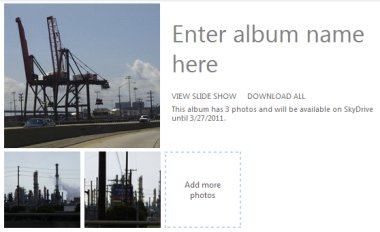What happened to Windows Live Mail and SkyDrive?
 Q: I tried to find out how to attach a document to an email in your book.
Q: I tried to find out how to attach a document to an email in your book.
I followed the steps, but my email instantly changed to a “SkyDrive photo album.”
I’m trying to attach scanned documents, not photos. Your book doesn’t address any of this, and it doesn’t even mention SkyDrive. What’s wrong?
A: About a year after Windows 7 For Dummies was published, Microsoft released a new version of Windows Live Mail. The new version differs quite a bit from the older version of Windows Live Mail that’s described in the book. For example, Microsoft added SkyDrive, which is causing your problems.
The book’s being updated, but here’s what’s happening: When you e-mail photos to a friend, Windows Live Mail no longer sends the photos to your friend. Instead, Windows Live Mail uploads those photos to a storage space called “SkyDrive” that lives on Microsoft’s computers. Windows Live Mail only mails thumbnail-size images to your friend.
When your friend receives the thumbnail images, he or she can do any of these things: Click to read more »
Posted: December 27th, 2010 under Email, Software, Windows 7 for Dummies.
Tags: attach photo, photo email, SkyDrive, slide show, slideshow, windows live mail
Comments: 1





 Q: Windows Update says three important updates are available. But the downloads always fail, leaving an error code of 646. I’m frustrated.
Q: Windows Update says three important updates are available. But the downloads always fail, leaving an error code of 646. I’m frustrated.